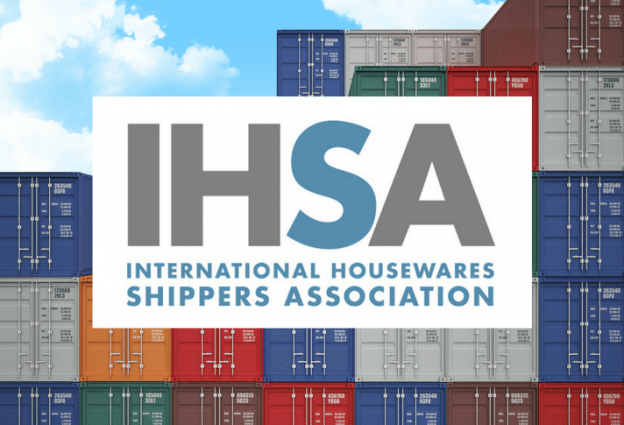If your company ships ocean containers, you need to prepared for SOLAS. Effective July 1, 2016, the International Maritime Organization (IMO) will be enforcing a new regulation in the Safety of Life at Sea Convention (SOLAS). This new regulation mandates that shippers provide a Verified Gross Mass (VGM) for every container as a condition for loading onto a ship for export. VGM is the technical term for the weight of the container. The new regulation is designed to eliminate overweight containers being loaded onto ships. Carriers say overweight containers have been a major component to recent maritime accidents.
Ocean carriers have been very candid concerning the consequence for a container that arrives at the origin terminal port without a VGM: “No VGM = No Load.” Further, any additional costs incurred until the VGM is provided, such as storing the container or removing the container from the terminal, will be the sole responsibility of the shipper.
The two most commonly asked questions from shippers are how to determine the VGM and how to submit the information to the carrier. SOLAS guidelines allow two methods for determining the VGM:
Weighing Method 1: Weighing the whole container at a certified weighbridge after it has been loaded. The whole container would include the weight of the loaded container, the weight of the truck and the weight of the chassis. The VGM would be determined by subtracting the combined weight of the truck and chassis from the whole container weight.
Weighing Method 2: Weighing all the cargo and contents that is loaded into an individual container. Additional loading material, such as pallets, must also be included as part of the weight. The VGM would be determined by adding the weight of the contents of the individual container to the container tare weight. Method 2 is expected to be the preferred method shippers use to determine the VGM.
The preferred method for submission of a VGM to a carrier is through one of the digital channels mentioned below:
- Direct EDI submission
- EDI or online submission via third party portals like INTTRA, GT Nexus or CargoSmart
- Online submission via carrier webpage
- Submission via email
Manual methods of submission, email, fax or phone are also acceptable by some carriers but are not encouraged. Digital channels will provide the best solution to avoid documentation errors causing delays in loading containers on ships.
There are also several actions shippers can initiate leading up to SOLAS effective date:
- Evaluate your weighing options factoring in relevant costings and procedures
- Decide if you will need to engage a weighing service provider
- Be aware of each terminal’s VGM submission cut-off requirements
- Be aware of the origin country SOLAS VGM implementation guidelines
SOLAS is globally binding with all 171 IMO member countries in agreement to implement the new regulation. However, it is up to an individual country to enforce SOLAS requirements along their own guidelines. This means certain requirements for containers exported from China could be different from containers exported from India or the United States. These differences have caused plenty of uncertainties on how SOLAS will impact the global shipping industry.
The timing of SOLAS could not be worse for shippers. July represents the time of year when the majority of shippers begin to increase their container shipments in preparation for the holiday season. Industry executives representing the container transport industry are worried about the potential disruptions that SOLAS could cause to various supply chain stakeholders. SOLAS is just one month away, but there are still many concerns over whether the stakeholders will be able to comply with the mandate.
Need more information? Contact IHSA to learn more and to find out how you can reduce your ocean freight charges. Or, visit the IHSA website for more information.



